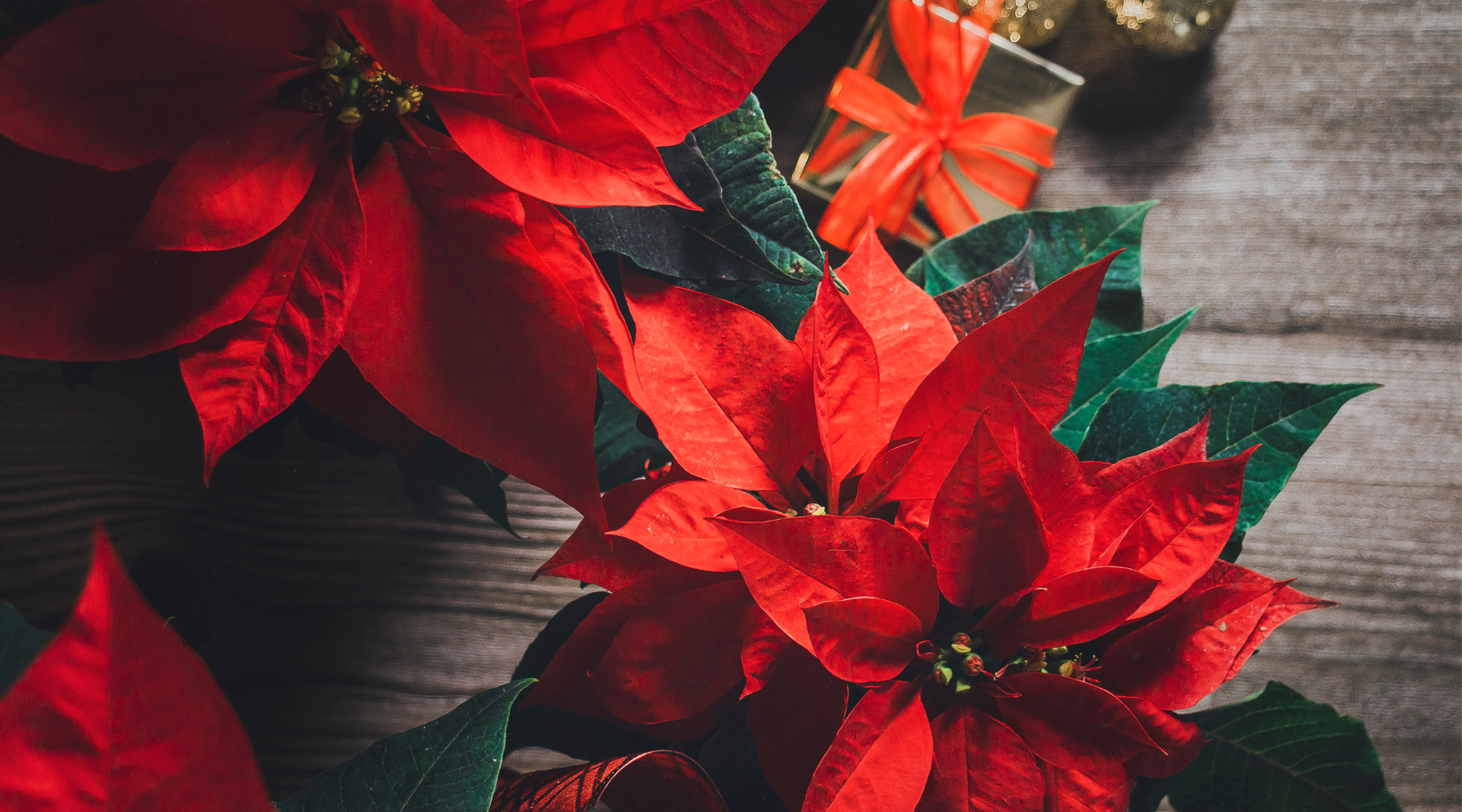The Charm of Swamp Trees: Guardians of Wetlands & Biodiversity
Swamps: nature's misunderstood masterpieces, where every squelch underfoot tells a story of survival and symbiosis. Today, we will delve into the enigmatic world of swamp trees. These trees are the backbone of some of the most biodiverse ecosystems on our planet. So, lace up your waterproof boots and explore the waterlogged wonderland of swamp trees.

The Unheralded Heroes of the Wetlands
Let's set the scene: swamps, often depicted as the eerie settings of folktales, are ecosystems rich in biodiversity and ecological importance. The real stars of these aquatic theatres? The swamp trees. These arboreal wonders have adapted to life in water-saturated soils, playing crucial roles in supporting a wealth of swamp animals and maintaining the planet's health in wetlands.
5 Types of Swamp Trees
1. The Bald Cypress: The Methuselah of the Marsh
Enter the bald cypress, the granddaddy of swamp trees. This tree is a sight to behold with its feathery foliage and majestic stature. But don't let its name fool you; the bald cypress is anything but bald. In the spring and summer, it's adorned with lush greenery that turns a fiery orange in the fall—a real fashionista of the forest. Learn more about why leaves change color in the fall.
And then there's the knees. No, not the body part, but the curious, knobby protrusions that emerge from the water around the tree. Scientists believe these "knees" help the tree breathe, which is pretty amazing unless you're tripping over them in the dark. Then, not so much.
2. The Water Tupelo: The Unsinkable Swamp Denizen
Next up is the water tupelo, a tree that's as adept at surviving in soggy conditions as a duck is at, well, being a duck. This tree has a flair for the dramatic, with its trunk dramatically flaring out at the base, almost like it's wearing a gown to the swamp's best gala.
But it's not just about looks with the water tupelo. This tree has substance, too, providing a habitat for a plethora of wildlife and producing fruits that are a hit at the animal kingdom's equivalent of a farmer's market.
3. The Red Maple: The Chameleon of the Swampland
Next is the vibrant world of the red maple, a tree that truly knows how to put on a show. With its dazzling display of autumn colors, ranging from fiery reds to radiant yellows, this tree doesn't just stand out; it practically takes a bow. But the red maple isn't just a pretty face; it's a swamp survival expert. Its ability to thrive in wet and dry conditions makes it an expert in the swampy ecosystem. Talk about being versatile!
4. The Sweetgum: The Star of the Swamp
Now let's talk about the sweetgum, with its star-shaped leaves and spiky fruit that could double as medieval weaponry. Walking barefoot near these trees? I'd advise against it. But despite its somewhat hostile fruit, the sweetgum is a staple in swamp environments. In the fall, its leaves turn a spectacular array of colors, from deep purples to bright golds, making it a must-see on any swamp tree tour. Plus, its wood is valued for everything from furniture to chewing gum. Who knew?
5. The Black Willow: The Flexible Friend
Last, meet the black willow, the contortionist of the swamp tree world. This tree's flexibility is legendary, with limbs that can bend without breaking—handy for withstanding the swamp's frequent winds and floods. The black willow isn't just tough; it's also a critical player in stabilizing swamp banks and providing habitat for wildlife. Its slender, elongated leaves whispering in the breeze adds a touch of elegance to the swamp's rugged landscape.

The Swampy Social Network
Swamp trees are the ultimate social networkers. A complex system of roots and branches creates dense, interconnected communities that support a wide array of life. From birds nesting in their boughs to fish sheltering in their roots, these trees are the lifeblood of the swamp ecosystem.
And let's appreciate their role in the carbon cycle. Swamp trees are like the Earth's sponges, soaking up carbon dioxide and helping mitigate the impacts of climate change. Who knew that the key to saving the planet might be found in the swamp?
Adventures in Swamp Tree Tourism
You may be wondering why you should visit a swamp. Well, swamps are the ultimate adventure destination for the nature enthusiast. Whether it's kayaking through the serene waters, photographing the unique flora and fauna, or simply enjoying the sounds of nature, there's something for everyone in these wetland wonderlands.
There's a certain thrill in exploring a place that feels like uncharted territory. Plus, swamp tree tourism is becoming a thing with the growing interest in eco-tourism. So, why not be a trendsetter and dive into the world of swamp exploration? Just watch out for the alligators—they're not as friendly as the trees.
The Conservation Conundrum
But it's not all fun and games in the swamp. These ecosystems face threats from all sides, from climate change to development to pollution. And when the swamps are in trouble, so are the swamp trees. Conservation efforts are crucial to ensuring these ecosystems continue to thrive for generations.
So, what can we do? Supporting wetland conservation initiatives, advocating for protective legislation, and educating others about the importance of these ecosystems are all steps in the right direction. Remember, every little bit helps, and we must ensure the swamp trees have a fighting chance.
Embracing the Swamp Life
In conclusion, swamp trees might be the most underrated characters in the story of our natural world. With their unique adaptations, crucial ecological roles, and sheer beauty, they deserve a spot in the limelight. So, the next time you plan an outdoor adventure, consider walking on the wet side. You might find that the swamp, with its ancient trees and teeming wildlife, captures a piece of your heart. After all, life's a swamp—embrace it!
















Leave a comment (all fields required)